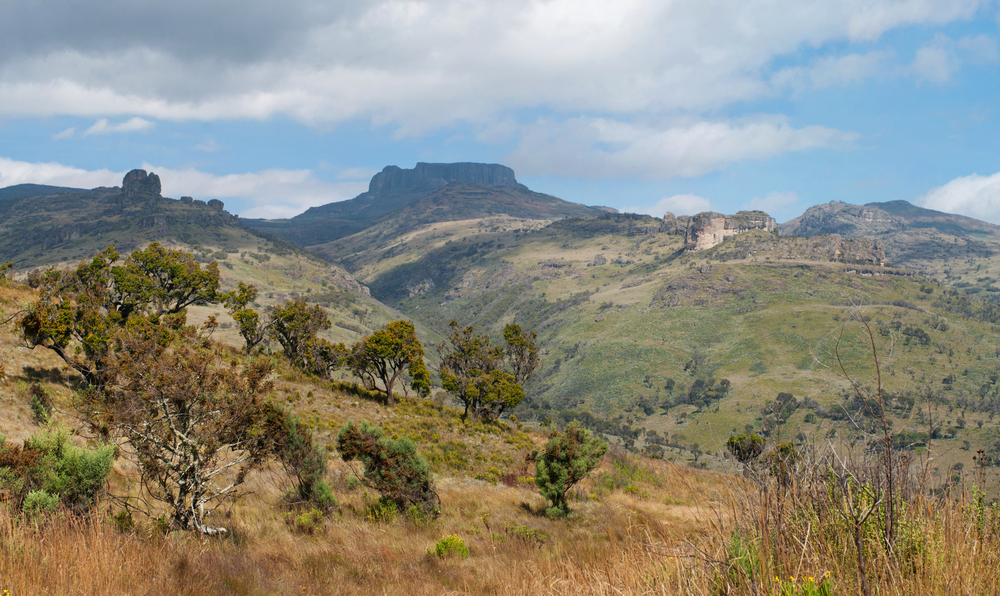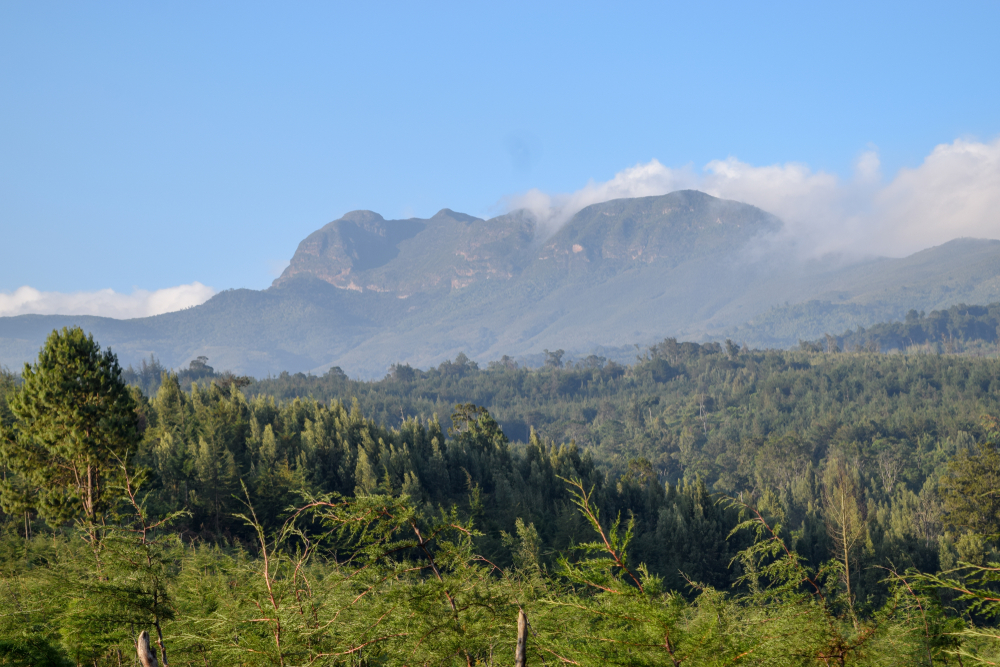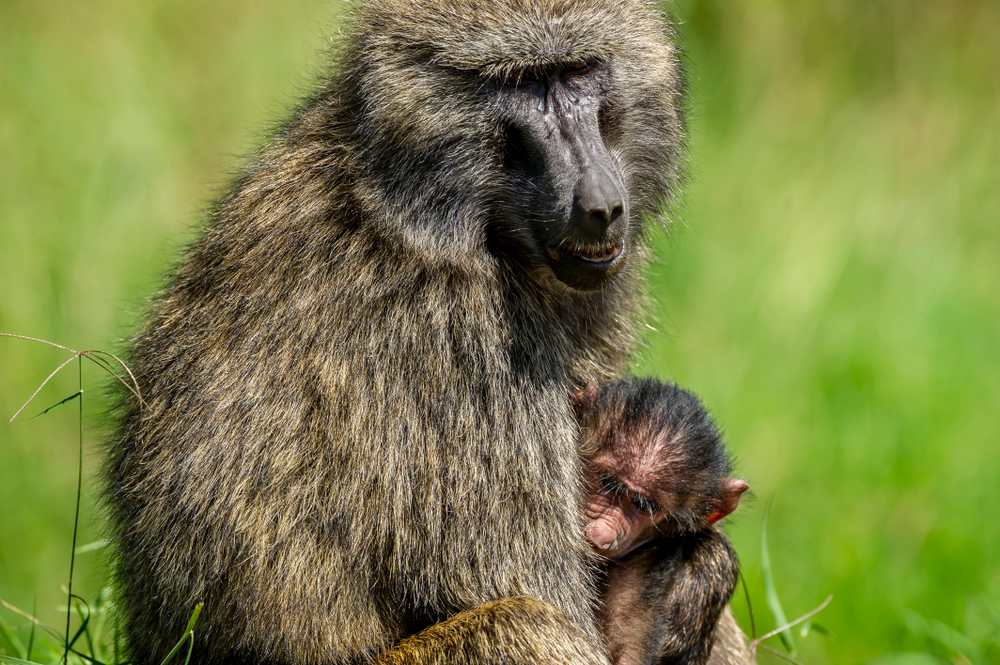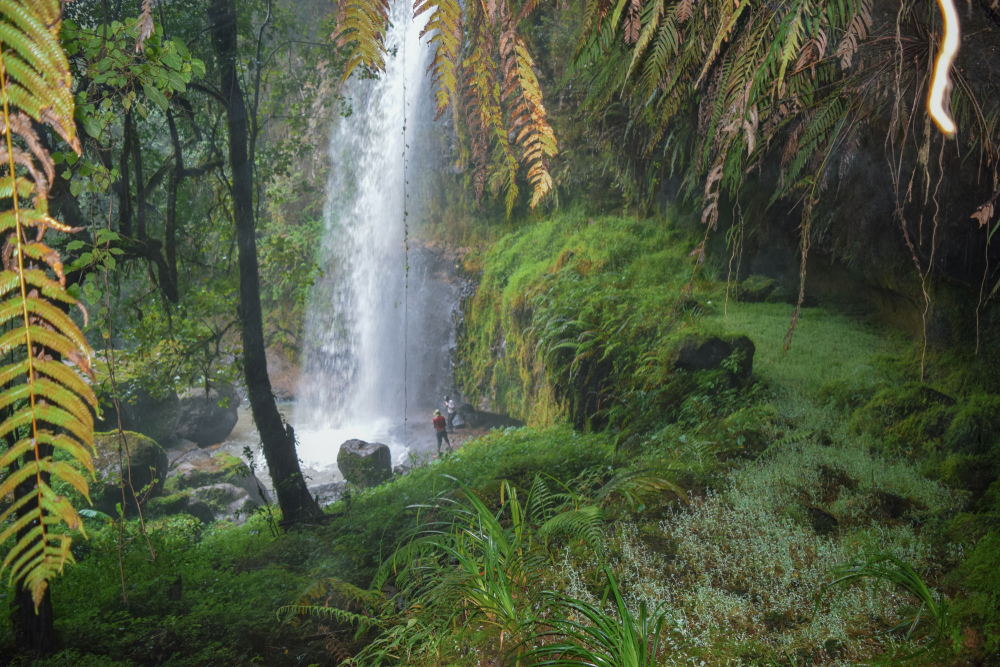Aberdare Overview
Aberdare National Park, situated in the central highlands of Kenya, east of the Great Rift Valley, is renowned for its majestic peaks, deep valleys, and expansive forests. Covering an area of approximately 766 square kilometers (296 square miles), the park was established in 1950 to protect the Aberdare Mountain Range, which provides a vital water catchment area feeding into the Ewaso Ng’iro and Tana rivers. The park’s elevation ranges from around 2,000 meters (6,562 feet) to over 4,000 meters (13,123 feet) at its highest peaks, Ol Donyo Lesatima and Kinangop, creating a diverse landscape of mountainous terrain, rainforests, and moorlands.
Aberdare National Park is distinguished by its picturesque waterfalls, including the magnificent Karuru Falls, which plunge 273 meters (896 feet) into the depths below, and the Gura Falls, one of the tallest in Kenya. The park’s dense forests are home to a rich array of wildlife, including the endangered black rhino, leopards, elephants, and the elusive bongo antelope, which is more easily spotted here than in any other location. The park also supports a rich birdlife, making it a haven for birdwatchers.
The Aberdare Range is steeped in history and legend, contributing to the cultural richness of the area. It served as a hideout for Kenyan freedom fighters during the struggle for independence, and its dense forests have been associated with traditional Kikuyu beliefs and practices.
Visitors to Aberdare National Park can explore its natural beauty through a network of scenic drives, hiking trails, and safari walks. The park offers unique accommodations, including the famous Treetops Lodge, where Princess Elizabeth ascended to the British throne in 1952. With its breathtaking landscapes, diverse flora and fauna, and historical significance, Aberdare National Park is a captivating destination for nature lovers, adventure seekers, and those looking to immerse themselves in Kenya’s natural heritage.
































































































